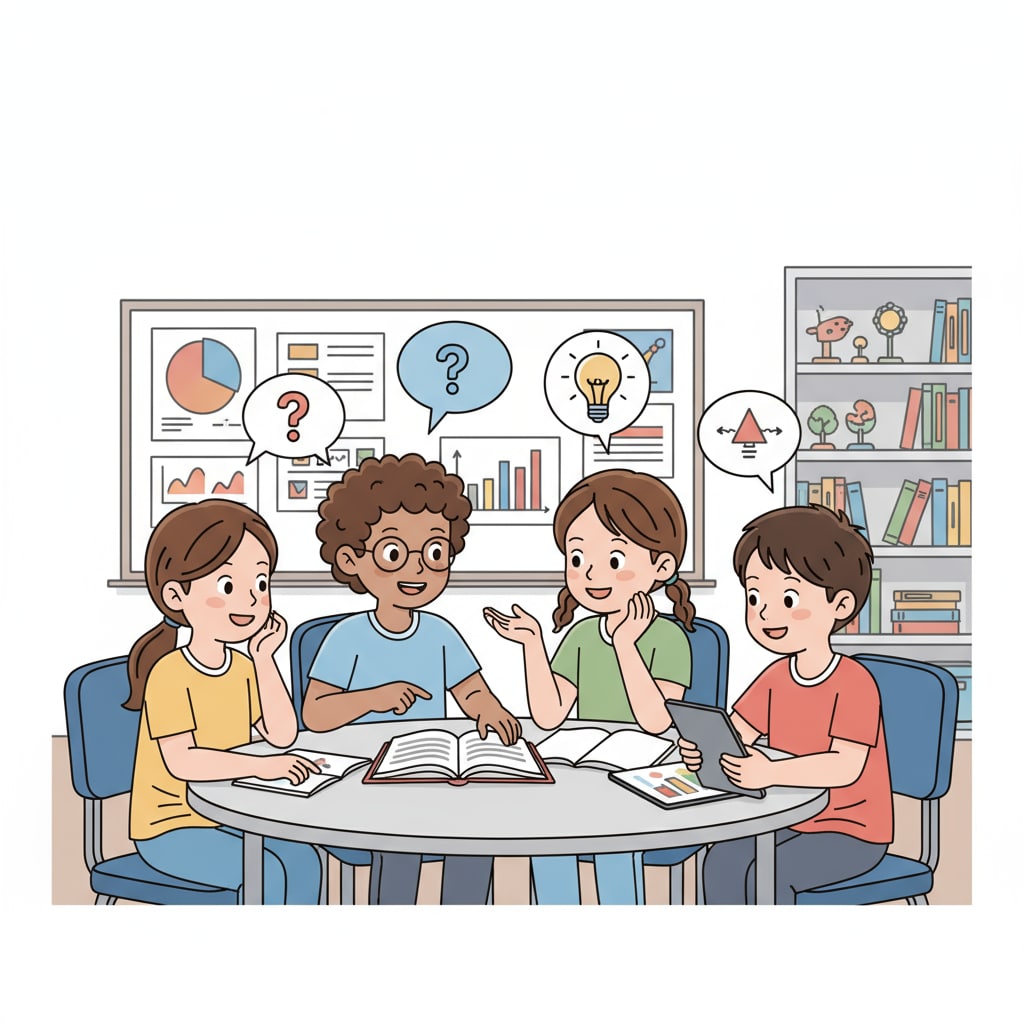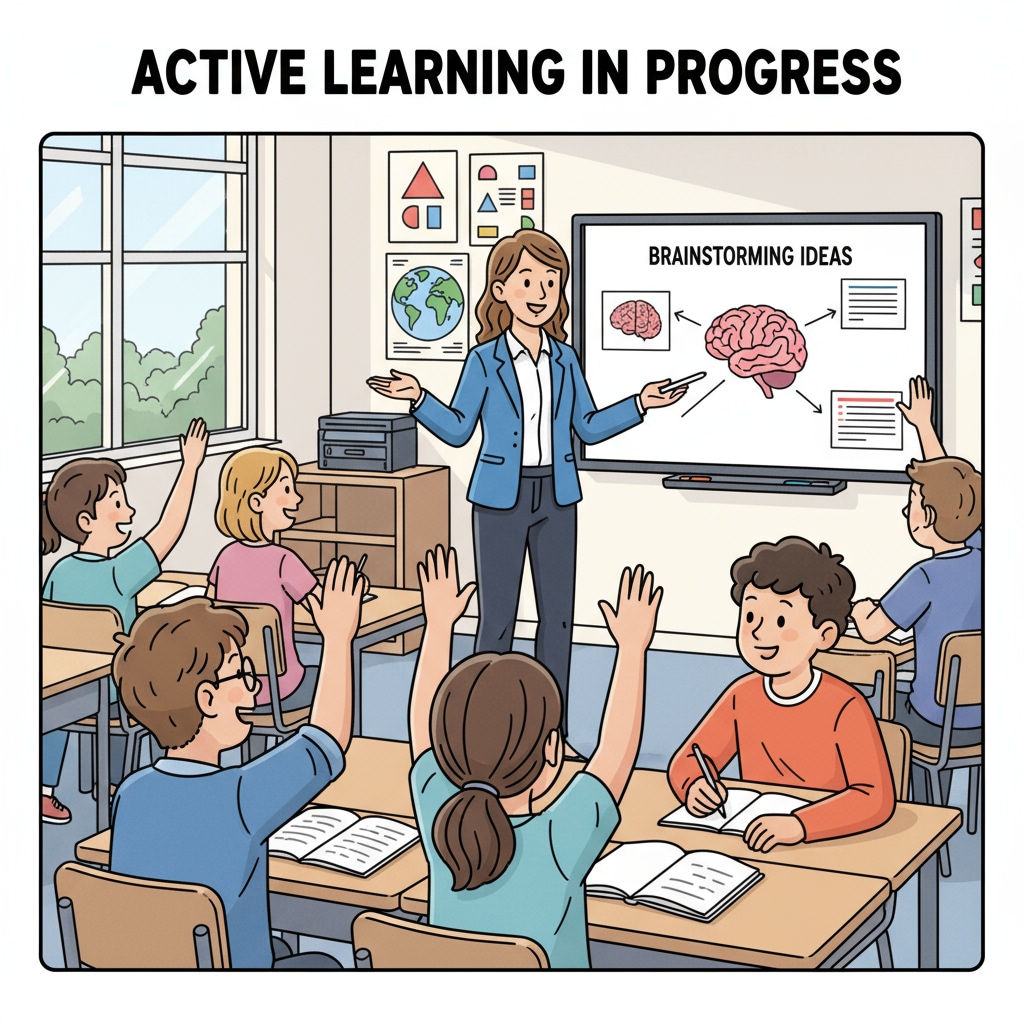Communication skills, dialogue, and active listening are the cornerstones of effective interaction, especially in the realm of K12 education. In this article, we will explore the nature of these skills and how to enhance them.

As students progress through their educational journey, the ability to communicate well becomes increasingly important, not only for academic success but also for building relationships and navigating the world.
The Essence of Communication Skills
Communication is no longer just about one-way expression. In today’s interconnected world, it has evolved into a process of creating shared meaning. According to Communication studies on Wikipedia, effective communication involves transmitting ideas, emotions, and information in a way that is understood by the recipient. It’s not just about speaking but also about listening, understanding different perspectives, and responding appropriately. For example, in a K12 classroom, when a teacher presents a new concept, students need to listen actively and then express their understanding or confusion. This back-and-forth interaction is what makes communication effective.

The Role of Dialogue in K12 Education
Dialogue is a crucial aspect of communication skills in K12 education. It encourages students to engage in meaningful conversations, share their thoughts, and learn from others. When students participate in dialogues, they develop critical thinking skills as they analyze different viewpoints. As stated in Communication on Britannica, dialogue promotes a democratic learning environment where everyone’s voice is heard. For instance, during a group project, students need to communicate and collaborate, which involves a series of dialogues to plan, execute, and evaluate the project.
Moreover, dialogue helps in building empathy among students. When they listen to their peers’ stories and ideas, they start to understand different experiences and feelings. This, in turn, enhances their emotional intelligence and makes them better communicators.
Readability guidance: In this section, we have used short paragraphs to convey key points. The examples provided help to illustrate the importance of dialogue in K12 education. Transition words like ‘moreover’ are used to connect ideas smoothly.
The Power of Active Listening
Active listening is an essential part of communication skills. It goes beyond just hearing what someone is saying; it involves understanding the underlying message, emotions, and intentions. In a K12 setting, when students practice active listening, they are more likely to retain information and build stronger relationships with their teachers and peers. For example, when a classmate shares their opinion during a discussion, actively listening students will not only hear the words but also try to understand the reasoning behind it.
To improve active listening skills, students can be taught techniques such as maintaining eye contact, asking clarifying questions, and providing feedback. These skills can transform the way students communicate and interact with others.
Readability guidance: Here, we have kept the sentences relatively short and used examples to explain the concept of active listening. Transition words like ‘for example’ help to make the content more accessible.
Strategies to Enhance Communication Skills in K12
- Role-playing activities can be a great way to practice communication skills. Students can take on different roles and simulate real-life scenarios, which helps them develop appropriate communication styles.
- Group projects encourage teamwork and communication. By working together, students learn to express their ideas, listen to others, and resolve conflicts.
- Classroom discussions provide a platform for students to share their thoughts and engage in dialogue. Teachers can guide these discussions to ensure everyone gets a chance to speak.
By implementing these strategies, educators can help students develop strong communication skills that will serve them well throughout their lives.
Readability guidance: We have used a list to present the strategies clearly. This makes it easier for readers to understand and follow the key points.
In conclusion, communication skills, dialogue, and active listening are vital in K12 education. By understanding their essence and implementing effective strategies to enhance them, we can empower students to become confident and effective communicators, ready to face the challenges of the future.


